We returned to Utqiagvik, the northernmost town in the U.S., for fieldwork for our project “clarifying linkages between canopy SIF and physiological function for high latitude vegetation.” We want to learn how to use the information from the light emitted by tundra plants as solar induced fluorescence (SIF) to describe the functioning of the tundra ecosystem. In the process of photosynthesis, plants not only absorb light, but they also emit light called chlorophyll fluorescence. The fluoresced light provides information about the rate of photosynthesis and about plants responses to stress. Although not much light is emitted by fluorescence, we can detect it with sensitive instruments, and even from space with instruments on satellites. We are making measurements on the ground so that we can understand how the diverse tundra vegetation is responding to environmental conditions, and how to make the best use of satellite images of this region.
This project is part of the NASA Terrestrial Ecology program’s Arctic-Boreal Vulnerability Experiment (ABoVE), a large-scale field study in Alaska and western Canada, whose overall goals are to make use of NASA technology to gain a better understanding of ecosystems at high latitudes, their responses to environmental change, and the effects of those changes.
Our field team …

In June, which is early spring for the tundra, we set up automated instruments at two existing tundra sites. Our instruments include the FLoX (Fluorescence Box), which measures the reflected light and solar induced chlorophyll fluorescence of patches of the tundra, and the monitoring PAM (MoniPAM), whose probes illuminate small patches of leaves or moss with controlled pulses of light to measure fluorescence and photosynthetic processes at the leaf level. These instruments automatically measured the fluorescence throughout the day to observe effects of varying light levels and temperatures and through the course of the growing season as the tundra plants grow. The FLoX gives us measurements of patches of ground that are like the data we can get from satellites, although measuring a very much smaller area than the satellite sees.
We returned in August to measure the tundra during its peak of summer growth.
It is a bit of a stroll out to our sites. The path has boardwalks and plastic matting laid down to protect the tundra from serious erosion from people’s feet.

Along the way there were flowers, birds, and animals to see. There were a lot of lemmings this year. When we startled these small gerbil-like animals, they would quickly run along their trails through the tundra and disappear into holes in the ground. The lemmings need to be quick because we also saw several snowy owls and a couple of arctic foxes. The owls and foxes eat the lemmings, and these predators’ populations were high because of the number of lemmings. There were also Lapland longspurs and snow buntings, sparrow sized birds that breed in the Arctic, popping around our sites.

We visited our automated sensors at the Department of Energy Next Generation Ecosystem Experiment (NGEE) Arctic flux tower site.



This image shows the three main instruments on the NGEE flux tower. On the left is an infrared gas analyzer, which measures the concentration of CO2 and water vapor in the air. On the right is an instrument to measure the methane concentration. In the center is a sonic anemometer. The sonic anemometer very accurately and rapidly measures the upward and downward wind speed. The vertical wind speed information combined with the measurements of CO2, water vapor, and methane concentrations from the other sensors can be used to calculate their transport into and out of the ecosystem. For example, CO2 taken up by the ecosystem is a measure of the rate of photosynthesis.
We visited our sites to check on our automated sensors to make sure they are running and collecting and storing data.



While at the sites, we also make additional measurements to add to the data from the automated sensors.


Our second site was at the National Science Foundation’s National Ecological Observatory Network (NEON) flux tower.
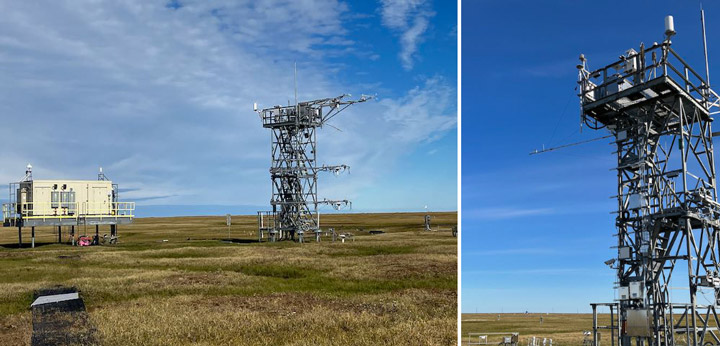

We also measured a number of plots with different types of vegetation cover within this area of high-centered polygon tundra near the lab building.
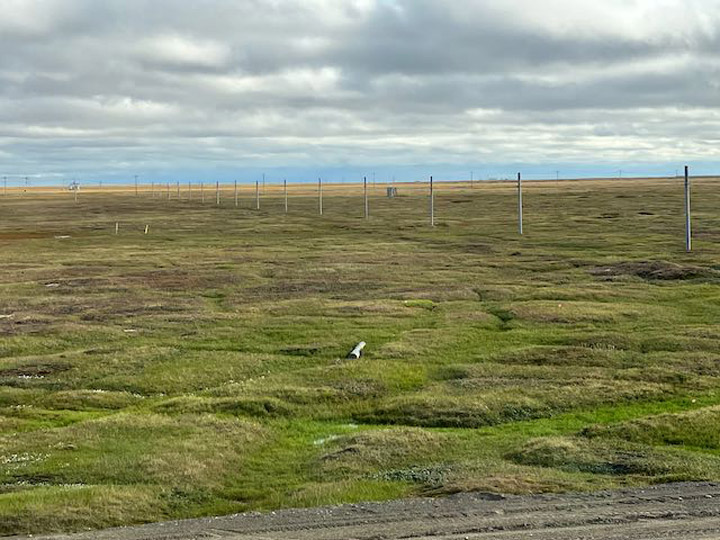
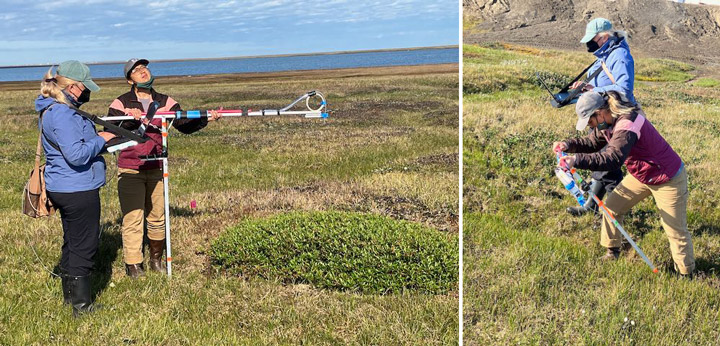
When the weather turned bad (rainy and in the 30s Fahrenheit) we worked in the lab measuring photosynthesis, fluorescence spectra, and chlorophyll content for plant samples from our study plots.
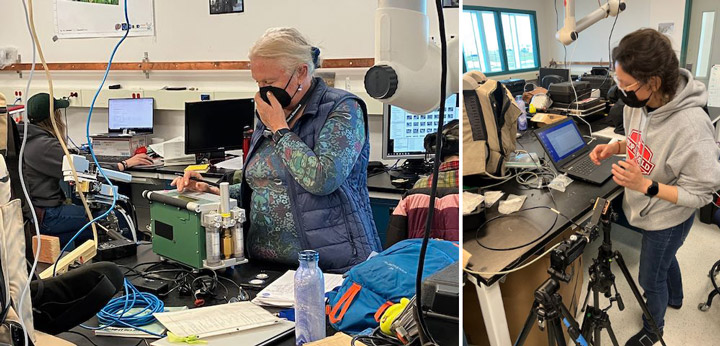
As a side project we located the transect I worked on 20 years ago and remeasured it. Even after all of these years I was surprised that I didn’t have any problem finding the start of the transect, and there was still a wooden stake there. But we couldn’t locate a marker for the far end, so we had to use GPS to locate it. It pleased me to see that the path we had worn by walking on the tundra 20 years ago had healed and I couldn’t see any sign of it now.
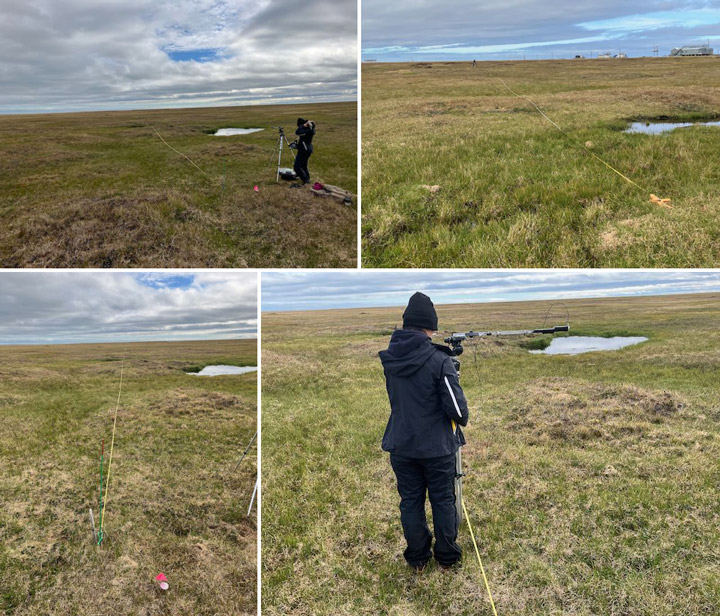
Another day we visited the International Tundra Experiment (ITEX) site. The site was established back in the 1990s for the long-term monitoring of plant growth.

Regular measurements of reflectance, soil moisture, water table height, and the depth of permafrost thaw (using the high-tech method of pushing a rod into the ground until it hits the frozen layer) are made throughout the growing season.
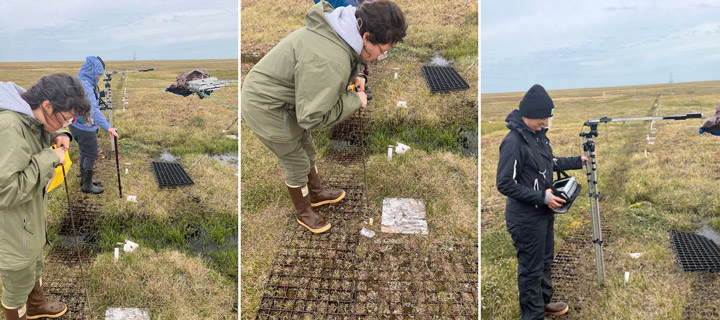
At the end of our field campaign, we removed all of our equipment from the field.
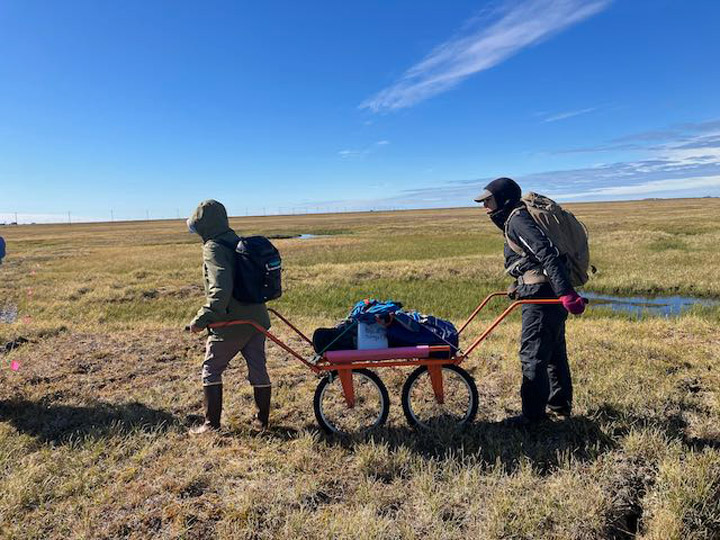
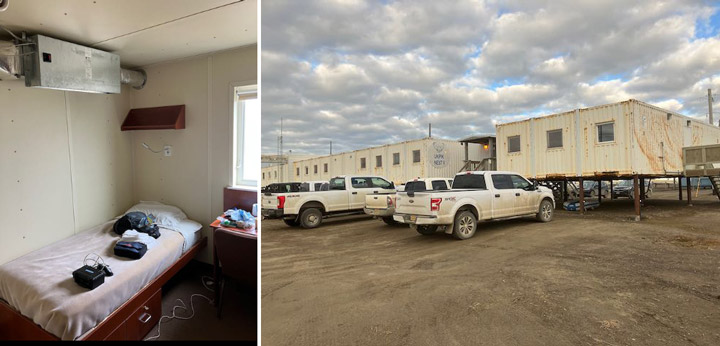
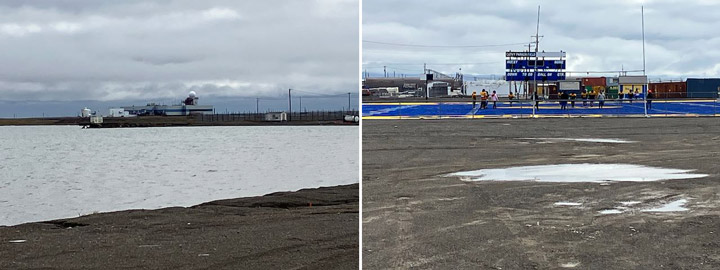
We live and work outside of Utqiagvik on the grounds of the former Naval Arctic Research Lab (NARL). NARL was founded 75 years ago, during the height of the Cold War. NARL was part of a tradition of research in Utqiagvik. The facility is now managed by the Ukpeaġvik Iñupiat Corporation (UIC), the native-owned corporation that manages the Barrow Arctic Research Center (BASC). Some of the buildings left behind by NARL are now used by BASC and Ilisagvik College, the only tribally controlled college in Alaska and the northernmost accredited community college in the U.S.
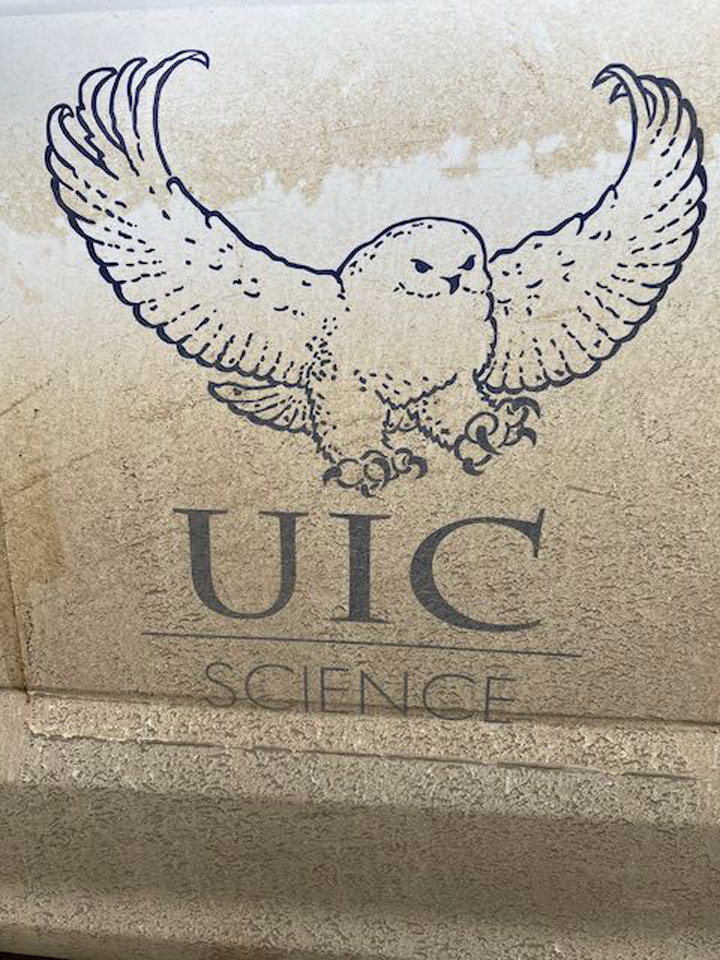

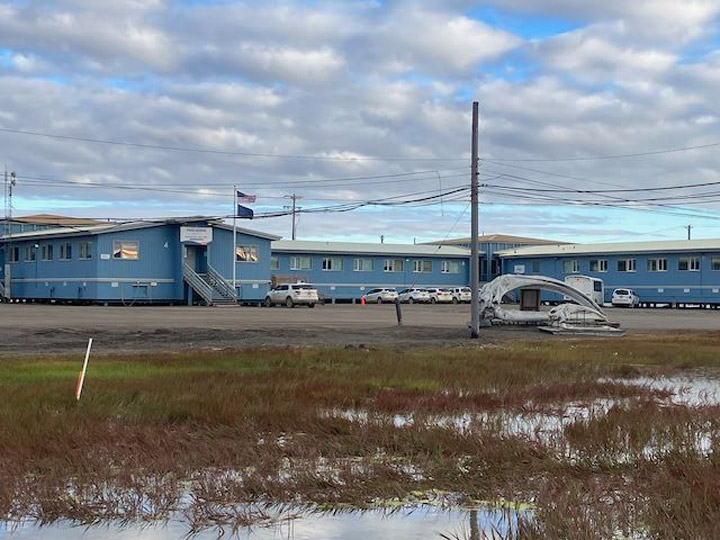
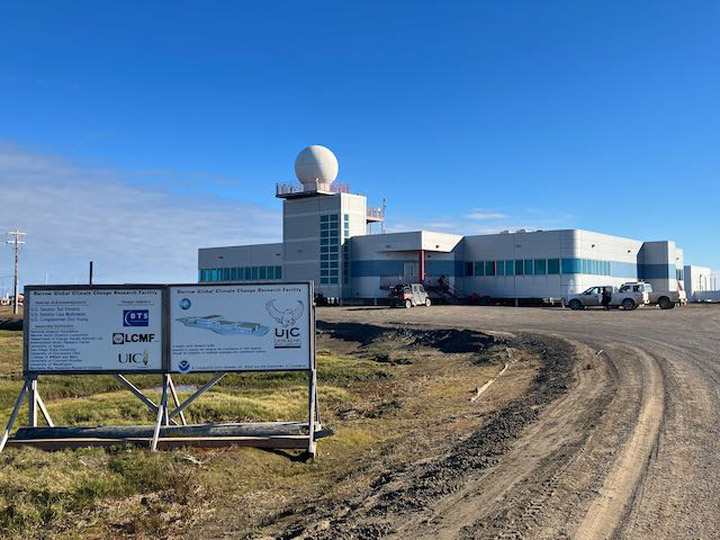
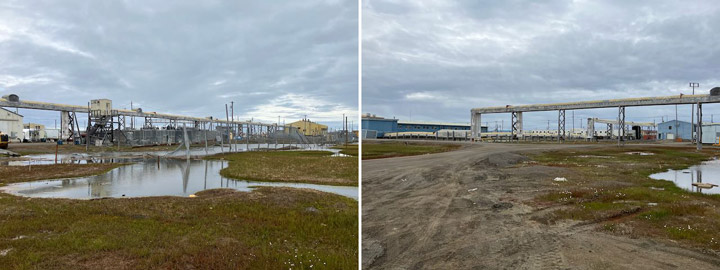
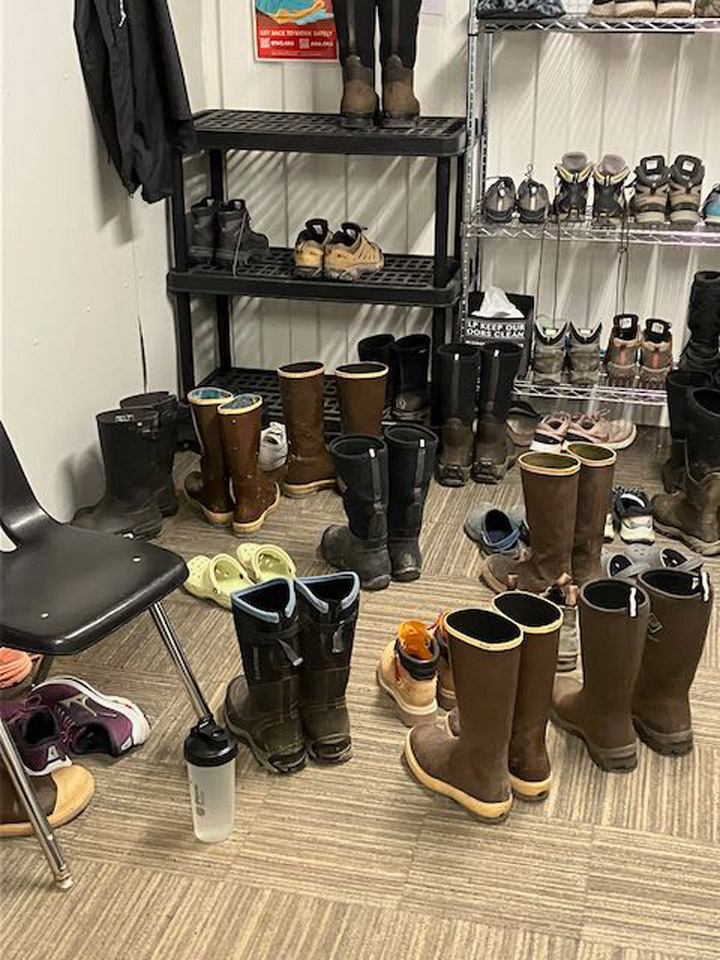
There are no roads to Utqiagvik. Almost everything has to come in by air.
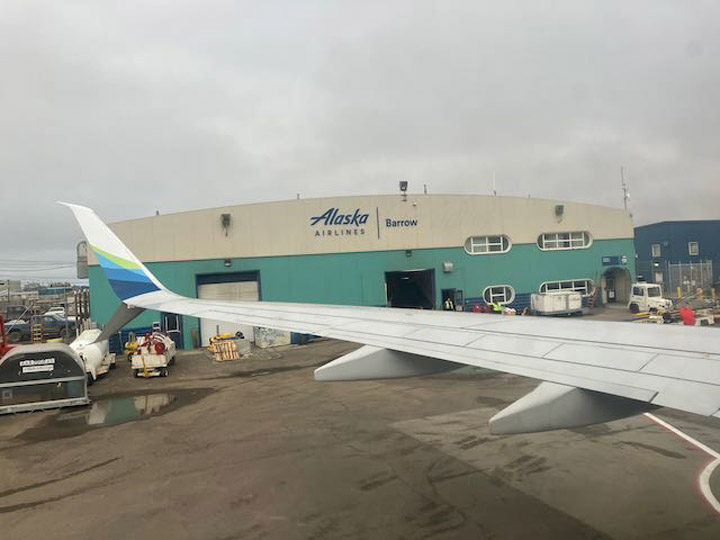
Heavy or bulky stuff that is not shipped by air freight comes up once a year on a barge.
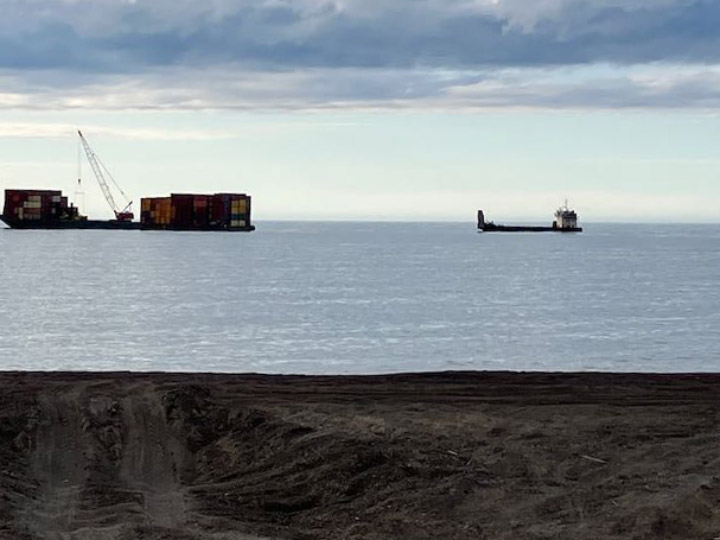
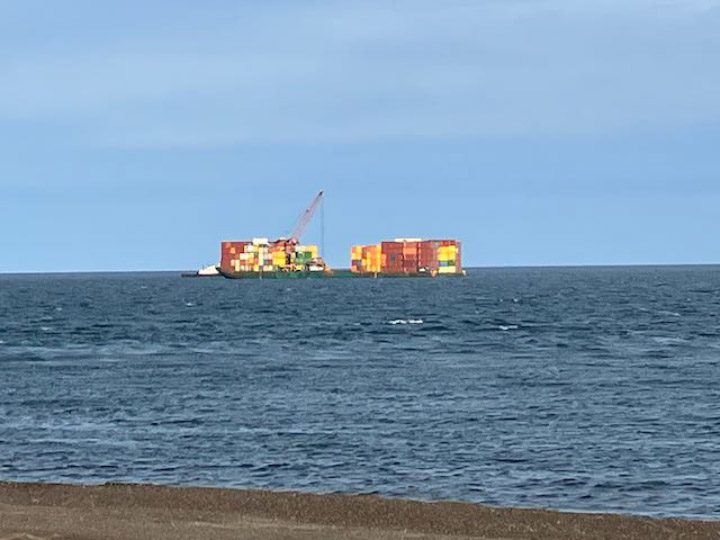
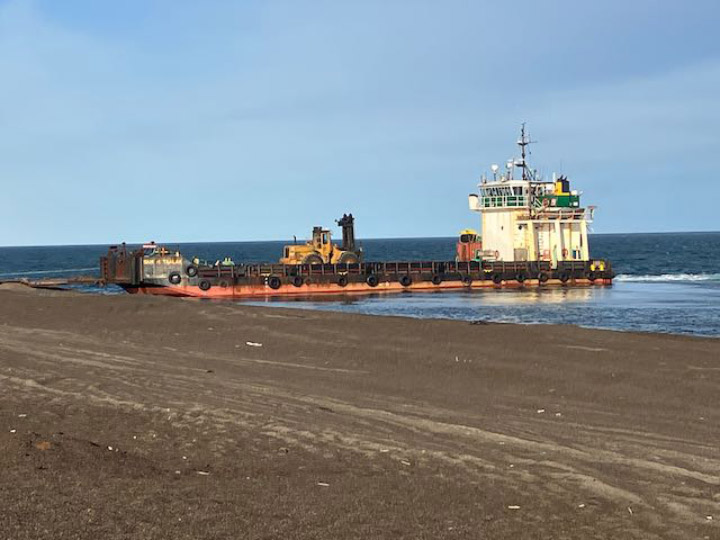
The annual barge arrived while we were up there. There’s no dock to unload on (the sea ice would probably destroy one) so they use a landing craft to bring the stuff ashore.
The most exciting animal sighting was on my last day when we saw several Beluga whales swimming near shore near the place where they had been bringing the cargo from the barge ashore.
In a lot of ways Utqiagvik is like any other town.
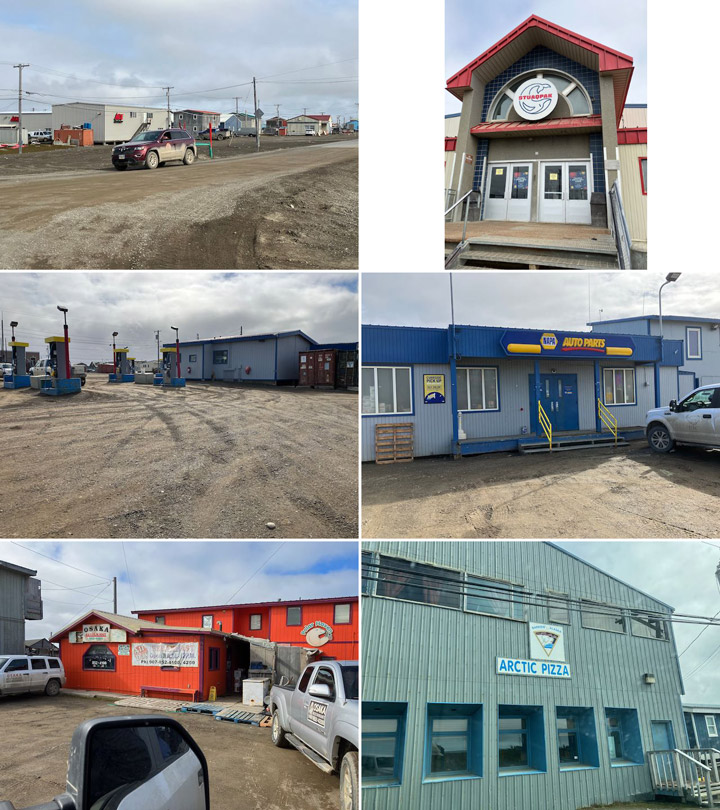
There’s a modern supermarket, the Stuaqpak (which means “big store” in Iñupiaq), a hardware store, pizza places, Chinese restaurant, and gas station. But then there are twists. All the streets are gravel, except for the one street that runs in front of the airport. The auto parts store also sells whaling equipment. Gas comes up on the barge once a year, so the price of gas stays the same until they start tapping the new shipment. When the restaurant is open, you can look out on the Arctic Ocean while you have a slice at Arctic Pizza.
Also in town is the Iñupiat Heritage Center, which has exhibits on the people and their culture.
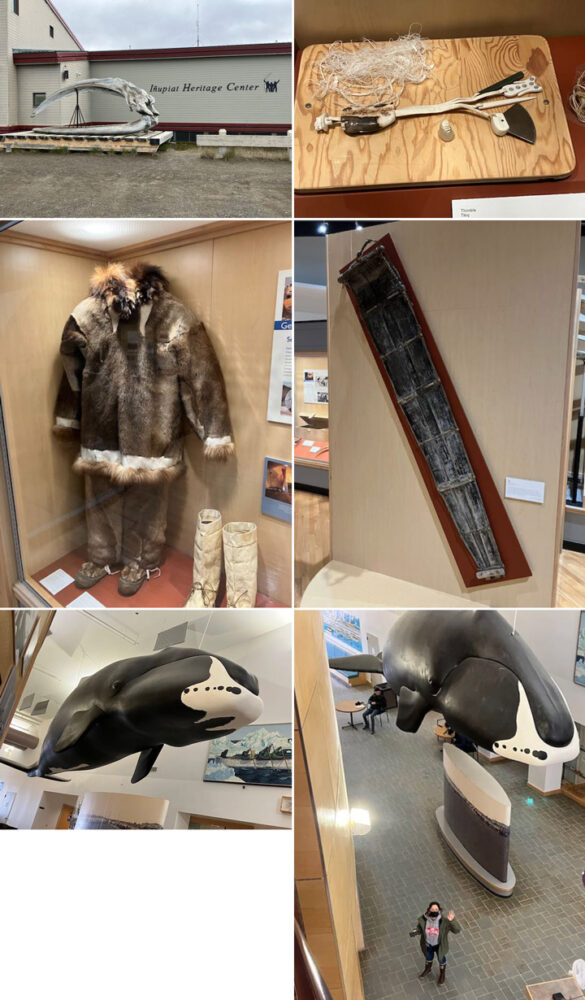
In front of the building is a bowhead whale skull about the size of a VW Beetle. There is a picture of a field sewing kit and sinew used for thread (upper-right). One thing I learned at the center is the critical importance of sewing for survival in the Arctic. The quality and maintenance of clothes is a matter of life and death in this harsh climate (middle-left picture). The ability to sew is also important for making the coverings for skin boats, which are used to hunt whales and other sea life. The middle right picture is a sled made out of the baleen from the whales. In the lobby is a life-sized model of a young bowhead whale (lower pictures). You can get a sense of its size compared to Brenda.




